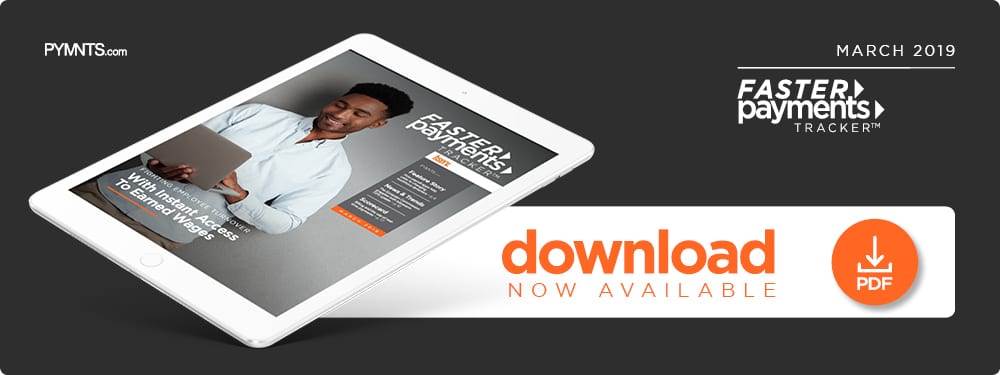Deep Dive: Billing And The Use Of Real-Time Payments

When The Clearing House (TCH) unveiled the Real-Time Payments (RTP) system in 2017, it propelled swifter payments and brought about the next generation of fund transfers. It wasn’t the first to roll out such a system, but it was the first “major payments upgrade” in the U.S. in approximately four decades.
RTP adoption has since spread across myriad industries and uses cases, ranging from companies paying suppliers, each other and their consumers to government entities making payouts to firms or individuals. Payment solution providers are now also getting in on the real-time game and supporting a growing list of RTP use cases that use the network for rapid transaction speeds.
RTP in the Bill Payments Realm
Most modern bills (73 percent) are paid directly to the biller, according to recent research, while the rest are reconciled by bank bill pay (BBP). The former, biller direct (BD), involves paying bills directly through providers’ websites, while the latter entails doing so through online banking platforms.
BD provides payers with information like amounts, due dates and posting dates, but not about payers’ linked bank accounts. That can lead to identity verification problems, resulting in returned or delayed transfers. BBP enables only payment of bills from participating businesses, meaning certain invoices cannot be reconciled.
RTP has shaped opportunities for bill payers to get funds to recipients faster than ever, and helps electronic billing providers better process received transactions. This is a great advantage for firms using the network, as transactions are verified, arrive faster, have lower return rates and encourage customers to stay with their providers. Users are far more likely to remain at FIs through which they pay multiple bills, after all.
Real-Time Utilities Payments
RTP has showcased its ability to help customers pay providers for received services, but such systems offer more than immediate, final and irrevocable transactions. They also provide request for payment (RFP) messaging that ensures eInvoice details, due dates and additional details are also immediately available, streamlining billing and payments in fields like utilities.
For billing companies, processing relatively low-value utility payments from countless users can be tedious. These firms often see operational challenges like urgent or last-minute transfers from customers, uncashed refunds and the need to reconcile B2B receivables across disparate billing systems, according to BNY Mellon’s Treasury Services. Few clients give out email addresses and phone numbers, too, which creates a tokenization barrier and prevents them from transacting more securely.
These struggles make the capabilities of RTP — especially its “request to pay” options — even more compelling.
How RTP Has Changed the Bill Payments Game
Customer-to-business (C2B) bill payments aren’t the only transfers made simpler by RTP. The system also alleviates stresses associated with B2B credit card, debit card and electronic bill payments, replacing them with faster, more secure and less headache-filled processes for immediate, irrevocable transactions.
This also aids the treasury teams tasked with tracking payments. RTP unlocks greater control and visibility, automated collection, less fraud and fewer errors, improved straight-through reconciliation and pre-population of data fields, among other features, and all encourage stronger customer and service provider relationships.
RTP notifications are typically sent to payers through third-party providers using APIs in banks’ mobile apps. Recipients verify their details, select payment accounts and proceed with same-day or scheduled payments. This allows payers to ensure they have the correct funds in their accounts and the right details before authorizing payments, thereby minimizing bounced transactions.
Problems can still arise while working with RTP systems, though. Customers and clients who do not quickly respond to pay requests can cause purchasing delays, for example, and transfers quickly approved without first checking balances can result in overdrafts for customers and delays for providers.
Successful faster bill payments often outweigh these potential downfalls for consumers and businesses; however, it remains to be seen how quicker process might impact additional industries in the future.

